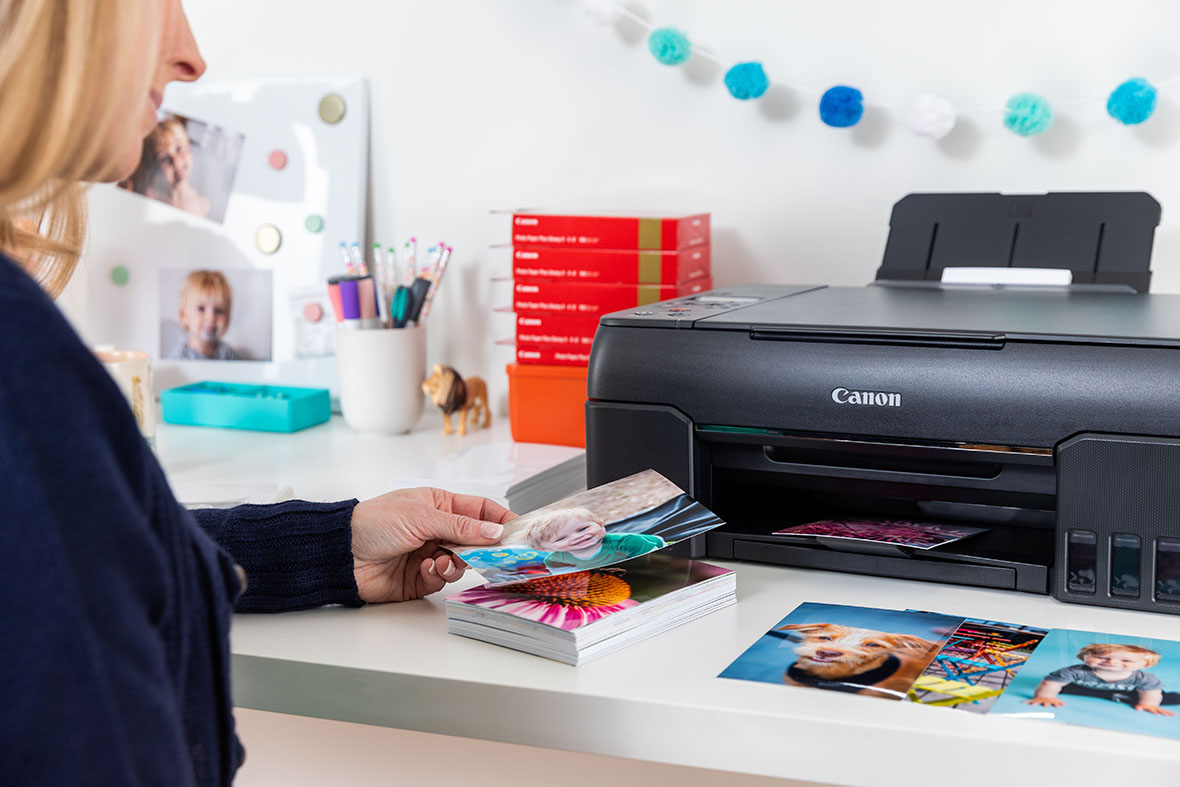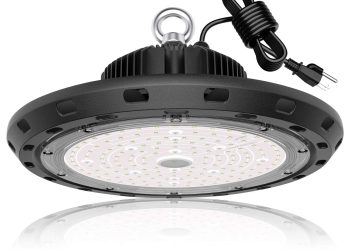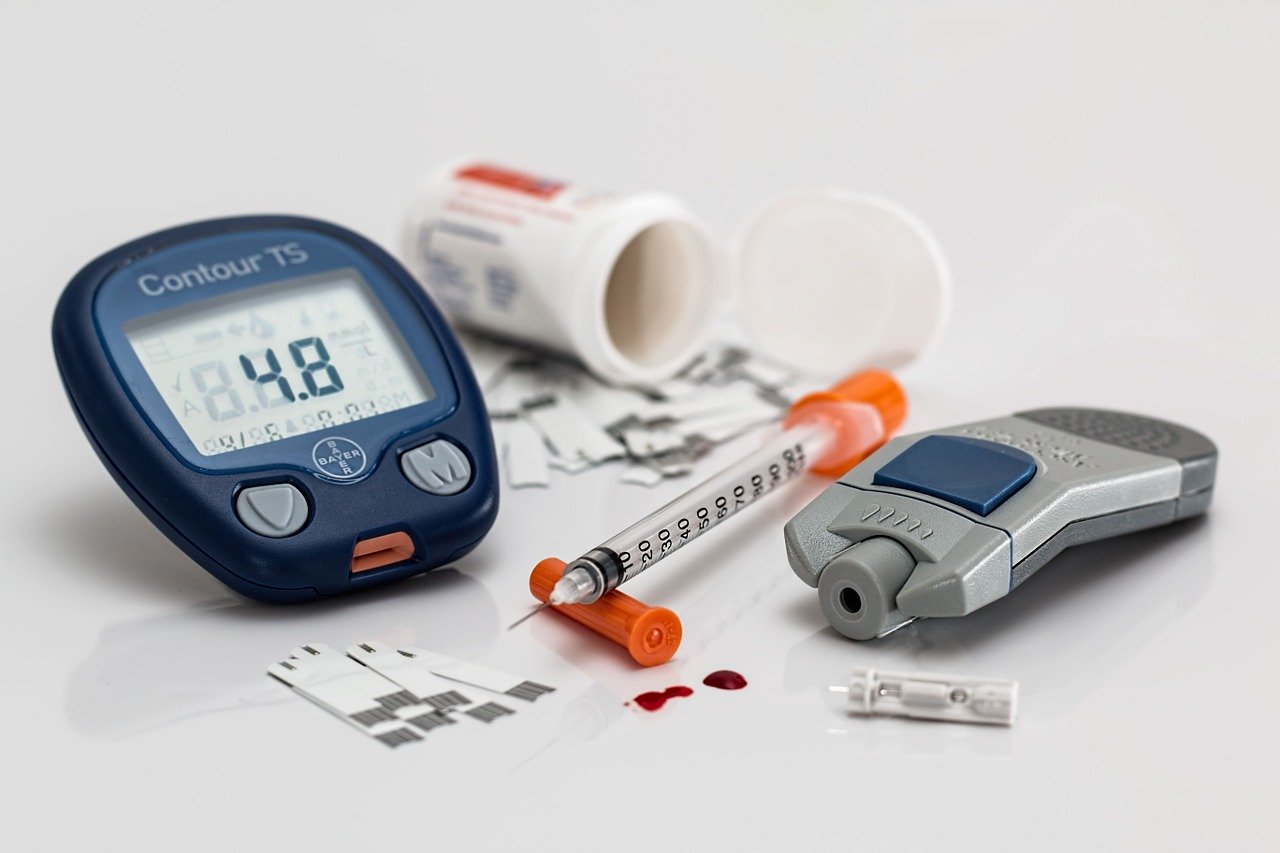Label printing is a crucial aspect of many industries, including manufacturing, healthcare, retail, and logistics. Accurate and efficient label printing is essential to ensure that products are correctly identified, tracked, and delivered to the right location. In this blog, we will explore some best practices for label printing to ensure accuracy and efficiency.
Choose the Right Label Printer
The first step in ensuring accuracy and efficiency in label printing is to choose the right label printer. Different types of printers are available, such as thermal transfer and direct thermal printers. Thermal transfer printers are ideal for printing labels that require longevity, while direct thermal printers are suitable for printing labels that have a short shelf life. Additionally, you should consider the size and volume of labels that you will be printing when selecting a printer.
Use Quality Labels and Ink
Using high-quality labels and ink is essential for producing clear and accurate labels. Poor quality labels or ink can lead to smudging, fading, and illegible labels, which can cause errors and delays in the production process. Additionally, low-quality labels can cause printer jams, which can result in wasted time and resources.
Create Templates for Consistency
Creating templates for labels is an effective way to ensure consistency and accuracy in label printing. Templates can be designed using software such as Microsoft Word or Adobe Illustrator. By using templates, you can ensure that labels are printed with the correct information, such as product name, barcode, and lot number. Templates also help to standardize label design, which can improve brand recognition and customer trust.
Verify Information Before Printing
Before printing labels, it is crucial to verify all the information, including product name, barcode, lot number, and expiration date. Double-checking this information can prevent costly mistakes and ensure that labels are accurate. Additionally, it is a good idea to have a second person review the labels before printing to ensure that there are no errors.
Calibrate Your Printer
Calibrating your printer regularly is essential for producing accurate and consistent labels. Printer calibration ensures that labels are printed with the correct colours, density, and alignment. Additionally, regular calibration can prevent printer jams, which can lead to wasted labels and resources.
Store Labels Properly
Storing labels properly is essential for maintaining their quality and accuracy. Labels should be kept in a cool, dry place to prevent damage from moisture and heat. Additionally, labels should be stored away from direct sunlight and other sources of UV light, which can cause fading and discolouration.
Train Employees on Label Printing Best Practices
Training employees on label printing best practices is critical for ensuring accuracy and efficiency in label printing. Employees should be trained on how to use the label printer and software, as well as how to follow labelling protocols. Regular training sessions can help to reinforce best practices and prevent errors.
Accurate and efficient label printing is essential for many industries. By following these best practices, you can ensure that labels are printed with accuracy and consistency. Choosing the right label printer, using quality labels and ink, creating templates, verifying information before printing, calibrating your printer, storing labels properly, and training employees on best practices are all key steps in achieving successful label printing. By implementing these practices, you can improve productivity, reduce errors, and enhance customer satisfaction.







